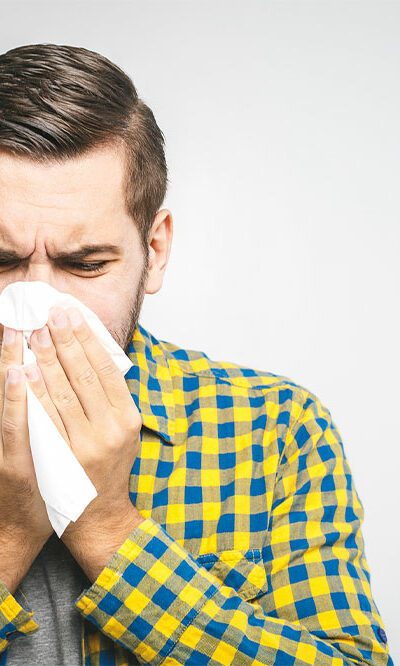
10 Things That Can Harm the Eyes
Annual eye exams can help detect changes in vision and also aid in keeping eye infections and diseases at bay. While many eyesight issues can develop due to age and existing health conditions, certain daily habits can increase the risk of such problems. While an ophthalmologist can help one find solutions to correct, improve, and resolve vision-related issues, one should also avoid doing the following things to improve eye health: Things to avoid Not choosing nutrient-rich food The human body needs nutrients and minerals to carry out vital functions. So, when one skips nutrient-rich meals, it can lead to a deficiency that can affect overall health, including vision. Further, a vitamin deficiency can damage the optic nerve. So, one should choose foods that provide essential nutrients; for instance, foods like beans and fresh fruits and vegetables like kale, spinach, and lemon are great additions to meal plans. Excessive sun exposure One of the worst things that can hurt the eyes is staring at the sun. Typically, looking at the sun without any protective gear can cause a burning sensation. Here, the damage to the retina develops within a few seconds and causes discomfort. So, healthcare professionals recommend using special-purpose solar-filtered lenses to protect the eyes from such harm. Staring at screens for long periods Today, people depend heavily on electronic devices such as computers, TVs, smartphones, and tablets. Studies have shown that people of all ages blink less when looking at a screen, which can lead to dryness and strain in the eyes. If left untreated, these minor issues can contribute to poor vision. So, to steer clear of such problems and maintain eye health, one can use the 20-20-20 rule recommended by the American Optometric Association. According to the rule, one must take regular breaks from the screen every 20 minutes and try to focus on an object at least 20 feet away from them for 20 seconds.










